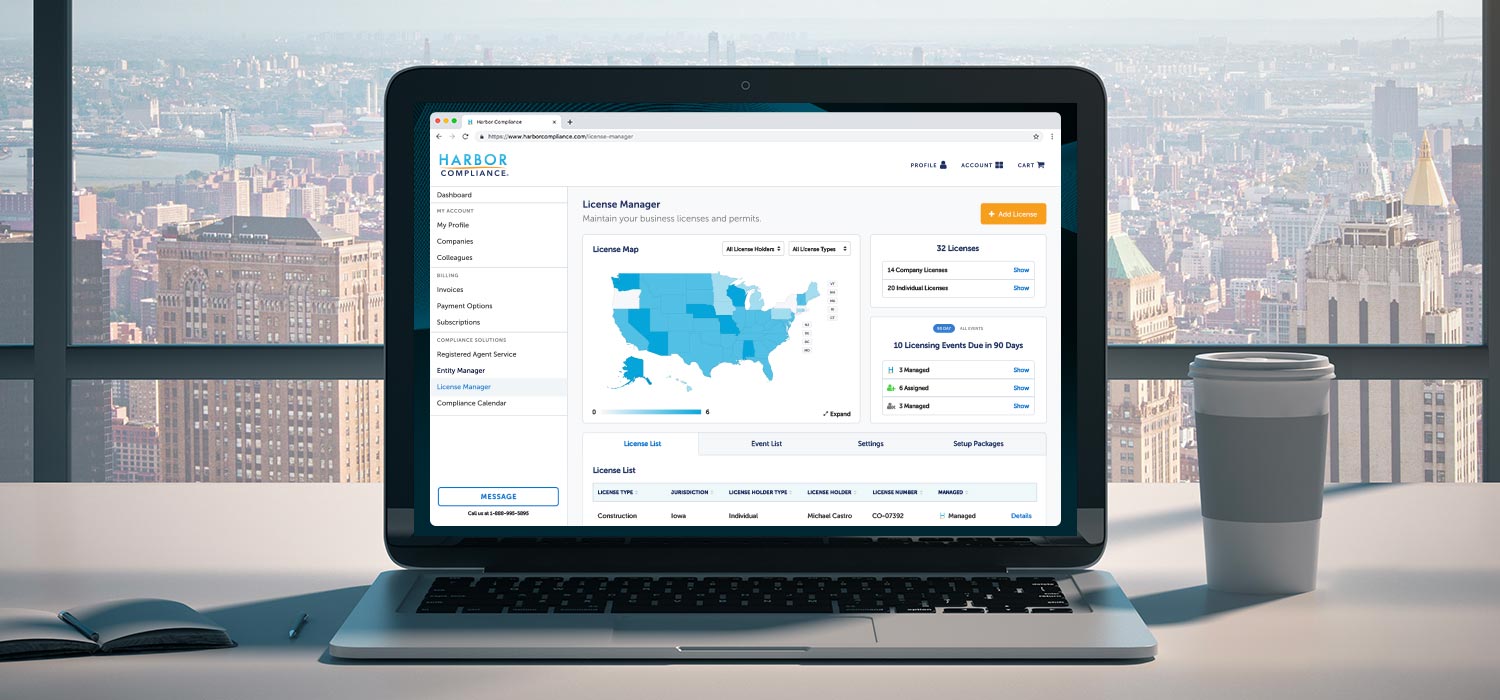

Finance
What Is The Minimum Payment For Medical Bills
Published: February 25, 2024
Learn about the minimum payment for medical bills and how it impacts your finances. Get expert advice on managing medical expenses effectively.
(Many of the links in this article redirect to a specific reviewed product. Your purchase of these products through affiliate links helps to generate commission for LiveWell, at no extra cost. Learn more)
Table of Contents
Introduction
Navigating the complexities of medical bills can be a daunting task for many individuals. The burden of unexpected medical expenses can often lead to financial strain, prompting individuals to seek a viable solution for managing these costs. In such circumstances, understanding the concept of minimum payment for medical bills becomes crucial.
The minimum payment for medical bills refers to the lowest amount that a patient is required to pay each month to the healthcare provider or medical facility. This payment is typically determined by the healthcare provider or the billing department and is often a percentage of the total outstanding balance. While making the minimum payment can provide temporary relief by spreading out the financial obligation, it is essential to comprehend the implications and long-term consequences associated with this approach.
In this article, we will delve into the intricacies of minimum payment requirements for medical bills, explore the factors that influence these payments, and shed light on the potential repercussions of solely making minimum payments. Additionally, we will provide valuable insights and practical tips for effectively managing medical bills, empowering individuals to navigate this aspect of their financial well-being with confidence and clarity. Let’s embark on this enlightening journey to gain a comprehensive understanding of the minimum payment dynamics in the realm of medical billing.
Understanding Minimum Payment Requirements
When it comes to medical bills, the minimum payment requirement serves as a lifeline for individuals grappling with substantial healthcare expenses. The calculation of the minimum payment is typically based on a predetermined percentage of the total outstanding balance. This percentage can vary depending on the healthcare provider, the type of medical services received, and the terms outlined in the billing agreement.
It is important to recognize that the minimum payment is not a fixed amount and may fluctuate based on changes in the outstanding balance or modifications to the repayment terms. By understanding the minimum payment requirements, patients can gain clarity on the financial commitment associated with their medical bills and make informed decisions regarding their payment strategy.
Moreover, comprehending the minimum payment structure enables individuals to assess their financial capabilities and devise a sustainable repayment plan. By evaluating the minimum payment alongside other financial obligations, individuals can gain a holistic view of their budgetary constraints and allocate resources efficiently to address their medical expenses without compromising their overall financial stability.
Furthermore, understanding the minimum payment requirements fosters transparency and accountability in managing medical bills. Patients can proactively engage with healthcare providers to discuss the minimum payment terms, seek clarification on any ambiguities, and negotiate feasible payment arrangements that align with their financial circumstances.
By unraveling the intricacies of minimum payment requirements, individuals can approach the management of their medical bills with confidence, empowered by a comprehensive understanding of the financial commitments and obligations entailed in the healthcare billing process.
Factors Affecting Minimum Payment
The determination of the minimum payment for medical bills is influenced by several key factors that play a pivotal role in shaping the financial obligations of individuals seeking healthcare services. Understanding these factors is essential for gaining insight into the dynamics that govern minimum payment requirements and their impact on the overall financial landscape.
One of the primary factors affecting the minimum payment is the total outstanding balance of the medical bill. Typically, the minimum payment is calculated as a percentage of the total amount owed. As the outstanding balance fluctuates, the minimum payment may also vary, reflecting the evolving financial responsibility of the patient.
Additionally, the terms and conditions outlined in the billing agreement or the healthcare provider’s payment policy significantly influence the minimum payment requirements. These terms may encompass specific guidelines for determining the minimum payment percentage, establishing the frequency of payments, and outlining any potential adjustments to the minimum payment structure.
Furthermore, the type and scope of medical services rendered can impact the minimum payment. Healthcare providers may differentiate minimum payment requirements based on the nature of the medical treatment received, with more extensive or specialized services potentially affecting the minimum payment percentage.
Moreover, individual financial circumstances, including income levels, existing debts, and budgetary constraints, can also influence the minimum payment for medical bills. Patients facing financial hardship or experiencing economic challenges may be eligible for alternative payment arrangements or financial assistance programs offered by healthcare providers, thereby affecting the minimum payment dynamics.
By recognizing and comprehending these factors, individuals can gain a comprehensive understanding of the variables that shape minimum payment requirements for medical bills. This awareness empowers patients to navigate the financial intricacies of medical billing with clarity and foresight, enabling them to make informed decisions and effectively manage their healthcare-related financial obligations.
Consequences of Making Only Minimum Payments
While making the minimum payment for medical bills may provide temporary relief by spreading out the financial burden, it is essential to recognize the potential consequences associated with this approach. Understanding the implications of solely making minimum payments is crucial for individuals seeking to manage their medical expenses effectively and mitigate the long-term impact on their financial well-being.
One of the primary consequences of making only minimum payments is the accrual of additional interest and fees. Healthcare providers or medical facilities may apply interest charges or late payment fees to the outstanding balance, increasing the overall cost of the medical bill. Over time, these additional expenses can significantly inflate the financial burden, making it more challenging for individuals to settle their medical debts.
Furthermore, solely making minimum payments can prolong the repayment period, leading to an extended duration of financial strain. By adhering to the minimum payment requirements without addressing the principal balance of the medical bill, individuals may find themselves trapped in a cycle of persistent debt, impeding their ability to achieve financial stability and freedom from healthcare-related financial obligations.
In addition, making only minimum payments may impact credit scores and financial standing. Unresolved medical debts, especially those subject to delinquency or collection actions, can tarnish individuals’ credit history and impede their access to favorable credit terms in the future. This can hinder their ability to secure loans, mortgages, or other essential financial products, perpetuating the repercussions of solely making minimum payments.
Moreover, the psychological and emotional toll of carrying persistent medical debt should not be overlooked. The stress and anxiety stemming from unresolved healthcare-related financial obligations can have a profound impact on individuals’ overall well-being, affecting their mental health and quality of life.
By understanding the consequences of solely making minimum payments for medical bills, individuals can proactively evaluate their repayment strategy and explore alternative approaches to effectively manage their healthcare-related financial obligations. This awareness empowers individuals to make informed decisions that align with their financial well-being and long-term stability.
Tips for Managing Medical Bills
Effectively managing medical bills requires a strategic and proactive approach to navigate the complexities of healthcare-related financial obligations. By implementing practical tips and adopting a structured mindset, individuals can empower themselves to address their medical expenses with confidence and clarity, fostering financial stability and peace of mind.
- Review and Understand the Billing Statement: Upon receiving a medical bill, carefully review the itemized statement to validate the charges and verify insurance coverage. Understanding the components of the bill enables individuals to identify potential errors or discrepancies, facilitating accurate and transparent billing.
- Engage in Open Communication: Establish open communication with the healthcare provider or billing department to discuss the medical bill, seek clarification on payment terms, and explore potential financial assistance or flexible payment arrangements. Proactive engagement can lead to mutually beneficial solutions for managing medical expenses.
- Explore Financial Assistance Programs: Inquire about available financial assistance programs offered by healthcare providers or charitable organizations. These programs may provide relief for individuals facing economic hardship or struggling to meet their medical payment obligations.
- Negotiate Payment Plans: Initiate discussions with the healthcare provider to negotiate manageable payment plans tailored to your financial capacity. Flexible installment arrangements can alleviate the immediate financial burden while enabling individuals to address their medical bills systematically.
- Seek Clarity on Minimum Payment Terms: Gain a comprehensive understanding of the minimum payment requirements, including the calculation methodology, frequency of payments, and potential adjustments. Clarity on minimum payment terms empowers individuals to plan and allocate resources effectively.
- Explore Insurance Coverage Options: If applicable, explore supplemental insurance coverage or evaluate potential eligibility for government-sponsored healthcare programs. Maximizing insurance coverage can mitigate out-of-pocket expenses and alleviate the financial impact of medical bills.
- Consider Professional Financial Counseling: Seek guidance from financial counselors or advisors specializing in healthcare-related financial management. Professional insights and tailored strategies can provide individuals with valuable perspectives and actionable steps for navigating medical expenses.
- Maintain Detailed Records: Keep meticulous records of all communication, payment agreements, and documentation related to medical bills. Organized records facilitate transparency and accountability, serving as a valuable resource for managing healthcare-related financial obligations.
By incorporating these tips into their approach to managing medical bills, individuals can navigate the intricacies of healthcare-related financial obligations with resilience and determination, fostering a proactive and informed stance towards addressing their medical expenses.
Conclusion
Managing medical bills entails a multifaceted journey that demands clarity, proactive engagement, and strategic decision-making. The concept of minimum payment for medical bills underscores the financial dynamics inherent in healthcare-related expenses, serving as a pivotal element in individuals’ efforts to navigate and address their medical obligations effectively.
By gaining a comprehensive understanding of minimum payment requirements, individuals can approach their medical bills with informed foresight, empowering themselves to make strategic decisions aligned with their financial well-being. Recognizing the factors that influence minimum payments and understanding the potential consequences of solely making minimum payments enables individuals to navigate the intricacies of medical billing with resilience and determination.
Moreover, by embracing practical tips for managing medical bills, individuals can proactively address their healthcare-related financial obligations, fostering transparency, and accountability in their approach to financial management. Engaging in open communication, exploring financial assistance programs, and maintaining detailed records are instrumental in empowering individuals to navigate the complexities of medical billing with confidence and clarity.
Ultimately, the management of medical bills transcends mere financial transactions, encompassing the pursuit of holistic well-being and peace of mind. By approaching their medical expenses with a proactive and informed mindset, individuals can embark on a journey towards financial stability, resilience, and empowerment in navigating the intricacies of healthcare-related financial obligations.
As individuals embrace the insights and strategies presented in this article, they are equipped to transcend the challenges associated with medical bills, fostering a proactive and empowered approach to managing their healthcare-related financial obligations with clarity, confidence, and resilience.














